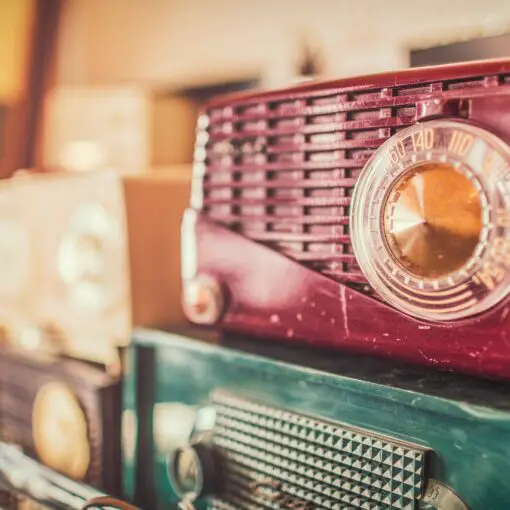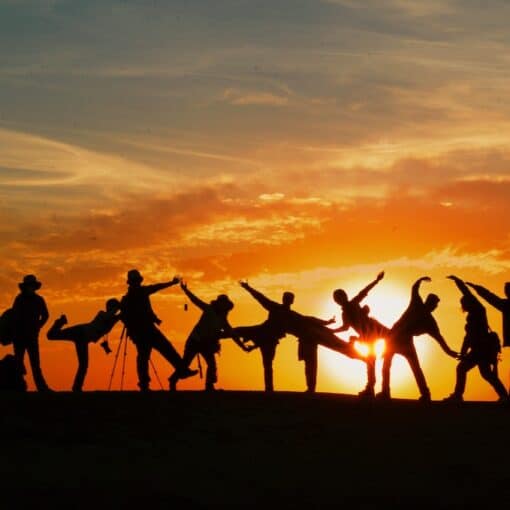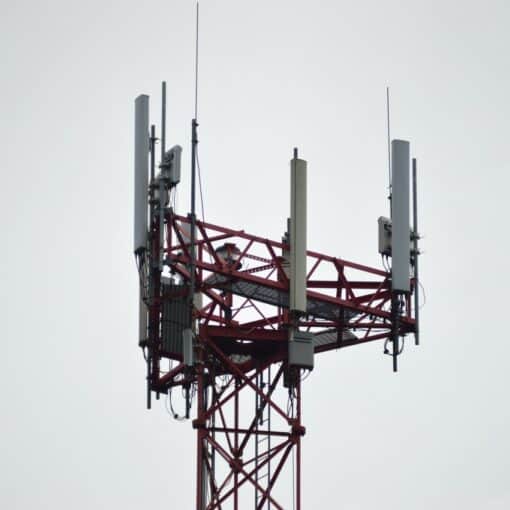While ham radios are incredibly fun to use, they also have a much more serious side. In disaster situations, a ham radio could be an absolute lifesaver. In fact, there have been many recent disaster situations where ham radios have played a role. There is a reason why they are an essential piece of equipment in any preppers kit. But, what are the ham radio emergency protocols? How do you get ready to use it in the face of disaster? Let’s take a look.
Before Disaster
Hopefully, you never have to deal with anything beyond this point. You still need to do a bit of prep work just in case disaster strikes, though.
Firstly, get yourself an amateur radio license. You can’t legally operate a ham radio without one. Now, we know that the FCC is probably not going to be beating down your door in the midst of a disaster situation if you operate unlicensed, but that doesn’t mean you shouldn’t get one. A license will allow you to start practicing with your ham radio now. You will also learn a few things when trying to get a license. Don’t worry. They aren’t expensive.
Secondly, you need to get familiar with your ham radio. Find out the functions. Learn how to communicate with it. Dealing with a disaster situation is tricky, so you need to know exactly what you are doing. You probably don’t want to be flicking through an instruction manual when you have a tornado beating down on you, right?
Emergency & Disaster Communication Course
Have you ever wondered how you will be able to communicate with family and friends during an emergency or disaster? In this 50-minute course, Communications Expert and Minnesota-based Emergency Coordinator, Kevin Haney, teaches what options are available as well as a crash-course for how to use them. Learn the differences between Family Radio Service (FRS), General Mobile Radio Service (GMRS), and Amateur Radio (HAM) devices as well as the basics of how to use each one in an emergency.
Join An Emergency Response Organization
No. We don’t mean that you should become a paramedic or a coastguard. However, if you are serious about assisting with an emergency should disaster strike, then it is important you join one of the disaster response groups that deal with amateur radio enthusiasts.
These groups are really just places where you register your details to show that you are there in an emergency. They provide training, inform you of your role during a disaster, etc. While you don’t have to join an organization, most people serious about providing disaster assistance will do.
There are lots of groups, each with a different way of operating. We suggest that you visit each of their websites to find out what they offer. Don’t worry. You can join more than one of them!
- Amateur Radio Emergency Service – one of the most important organizations for amateur radio users. The best to join. They have been involved in helping in many major emergencies.
- Radio Amateur Civil Emergency Service – a government-affiliated organization. Runs emergency drills throughout the year.
- SKYWARN – for weather-related emergencies. You will be expected to communicate regularly.
- Radio Emergency Associated Citizens Teams – mostly for vehicle emergencies, but deals with disasters too.
There are a few other groups you can join, but these seem to be the most popular. Remember, take their training courses. This way, you will be properly prepared for any situation.
Ham Radio Emergency Protocols
When ham radio licensing was introduced, the rules explicitly state that the main goal of ham radio is to assist with disaster response. How you do this can depend on your skills. This is why it is so important that you join at least one of the groups that we listed before. The network will give you a role, and you should follow it e.g. assisting communication with response teams, or helping those who may be injured.
Emergency Communication Only
During an emergency, all amateur radio frequencies are open for emergency communication. So, you will want to be scanning those radiowaves to ensure that you catch everything.
We know that this should go without saying, but you will be surprised at how few people realize this; if you are in the middle of a disaster, amateur radio should be for emergency communication only. Nothing else. Say what you need to say and get off the radio as quickly as possible.
99% of the time, you are going to be listening when you are on amateur radio in a disaster. Reach out if you have an emergency that needs to be dealt with, or if you are planning on sending information a bit further up the line.
A lot of the time, you will be communicating directly with government agencies e.g. FEMA. The FCC requires that you only communicate in the following situations:
- To facilitate relief actions.
- For the purpose of public safety
- For the purposes of national defense
- An immediate threat to life, property, etc.
- To convey information the public needs to know e.g. important weather information, where help can be found, etc.
If what you need to say doesn’t fall into one of those categories, then you probably don’t need to say it.
What Do You Do In An Emergency?
We know we have said it countless times, but this is exactly why you join one of the disaster response groups. They will give you information about what you need to do in the event of a disaster. It will save you from running around and trying to find a job. You likely will be asked to do one of the following:
- Assist with communication in areas that are lacking in proper communication facilities e.g. because that area is rarely covered by cellphone services, radio services, etc., or if the towers have been knocked out.
- Follow certain emergency teams and relay information from them into the ham radio network.
- Provide reports on critical infrastructure.
- Stand in certain locations e.g. shelters, etc., and give status reports.
If you do not have a job, then just monitor the ham radio network. If anybody reports an emergency, or you have an emergency, then make sure it is relayed across proper channels. Thankfully, the emergency services should be reachable in the event of a disaster. They will use ham radio, since it is the only communication network they can guarantee won’t go down.
Conclusion
Ham radio plays a major role in every disaster response. If you have a ham radio, then you pitch in with the effort. Prepare by joining one of the disaster response groups and undergoing one of their many training courses. Make sure that you know your role should the worst happen. If you are not a member of a disaster response group, then keep quiet on the network (outside of an emergency). Go where help is needed.
There aren’t that many ham radio emergency protocols beyond this. Just make sure that you are not clogging the radiowaves, and you should be fine.
Emergency & Disaster Communication Course
Have you ever wondered how you will be able to communicate with family and friends during an emergency or disaster? In this 50-minute course, Communications Expert and Minnesota-based Emergency Coordinator, Kevin Haney, teaches what options are available as well as a crash-course for how to use them. Learn the differences between Family Radio Service (FRS), General Mobile Radio Service (GMRS), and Amateur Radio (HAM) devices as well as the basics of how to use each one in an emergency.
References
http://www.arrl.org/amateur-radio-emergency-communication






